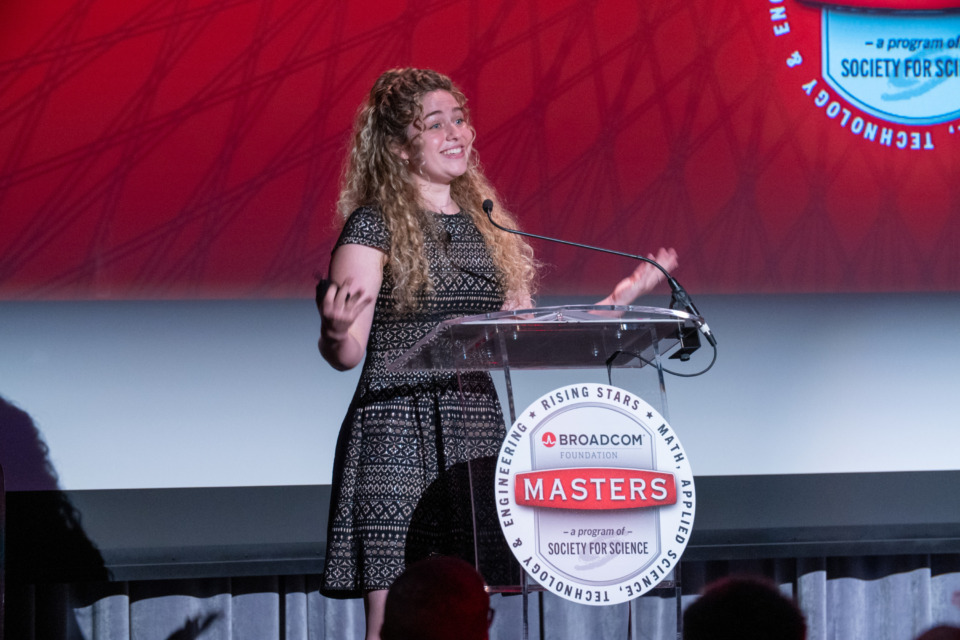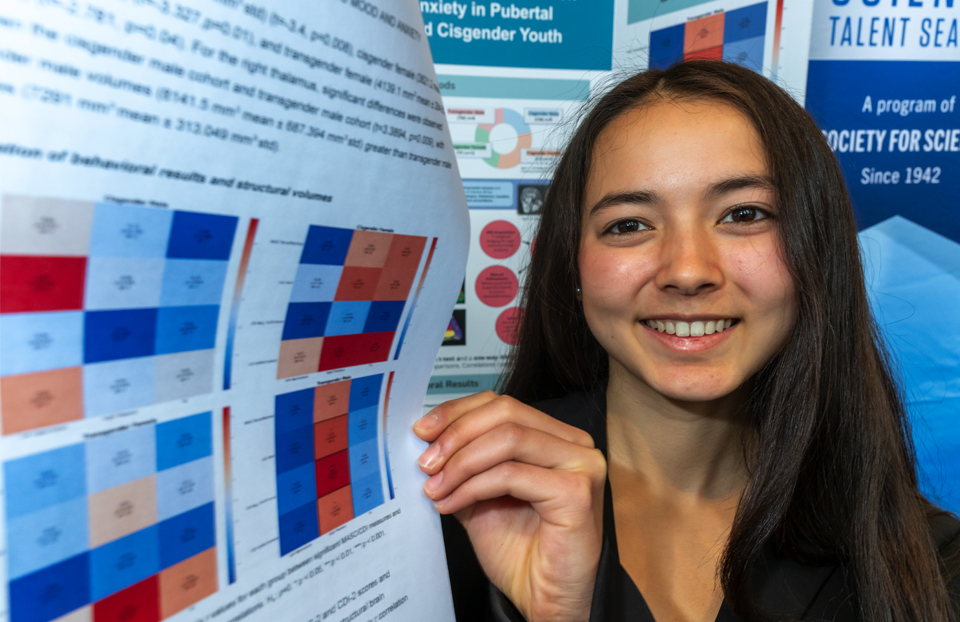Jim Bellingham Takes the Path Less Traveled with Marine Robots
By Caitlin Jennings, Communications Specialist, Society for Science & the Public
Jim Bellingham’s scientific work has drifted a little from its original course. His Science Talent Search project in 1979 involved staring at the stars but, somewhere along the way, he shifted his gaze to the depths of the ocean.
As Jim was interested in astronomy, people advised him to study physics, and he earned his Ph.D. from the Massachusetts Institute of Technology in 1988. However, in the back of his mind, he always thought he would end up doing something different. Through his diverse interests, including taking classes on sonar for fun, he started getting to know a group at MIT that was involved in marine robotics. One day, after stopping in to see them, they shared some great news — they received additional funding that would support starting a laboratory. “I was in cut-off jeans and a T-shirt,” Jim remembers, “and I walked out with a job.”
Jim ran the Autonomous Underwater Vehicle (AUV) Laboratory at MIT from 1989 to 2000, designing, building, and operating marine robots that could capture important data under the sea that had been previously out of reach. His MIT Lab led to co-founding a marine robotics company (Bluefin Robotics) which is now owned by Battelle. Today Jim is designing the next generation of AUVs at the Monterey Bay Aquarium Research Institute, where he is the Chief Technologist.
Jim knows there are many problems that still need to be solved in physics. However, he says, “a lot of physics felt pretty well developed,” and that there were few problems that someone wasn’t already working on. “I was much more interested in a problem domain where there were more problems than people available to work on them,” he says. “Personally, what I find most rewarding is when I’m working on a problem that is ahead of its time.”
The ocean still holds a deep wealth of information yet to be collected or understood. And understanding the ocean is vital, for understanding our past and the origins of life and for navigating the rocky and uncertain future of a changing climate. “In the oceans, you are surrounded by important, earth-shaking problems that desperately need someone to work on them,” Jim says. “My advice [to aspiring scientists] would be look for those sorts of problem domains, where you can get in early and make a real contribution.”
He also encourages students to start their own projects. “I’ve become a strong believer in science fairs,” Jim Bellingham adds, which is why, in addition to volunteering to judge, he encouraged both his daughters to participate. Jim says it was interesting watching his older daughter go from resisting science to thinking her project was really cool. “There’s just such an enormous difference between learning things in a classroom environment and having an opportunity to make a contribution and be creative yourself.”
- Learn more about Jim.
- Read an article in Popular Science on Jim.
- STS alumni, connect with Jim on the STS Alumni Group on LinkedIn.
- Learn more about the Society’s Alumni Program.


